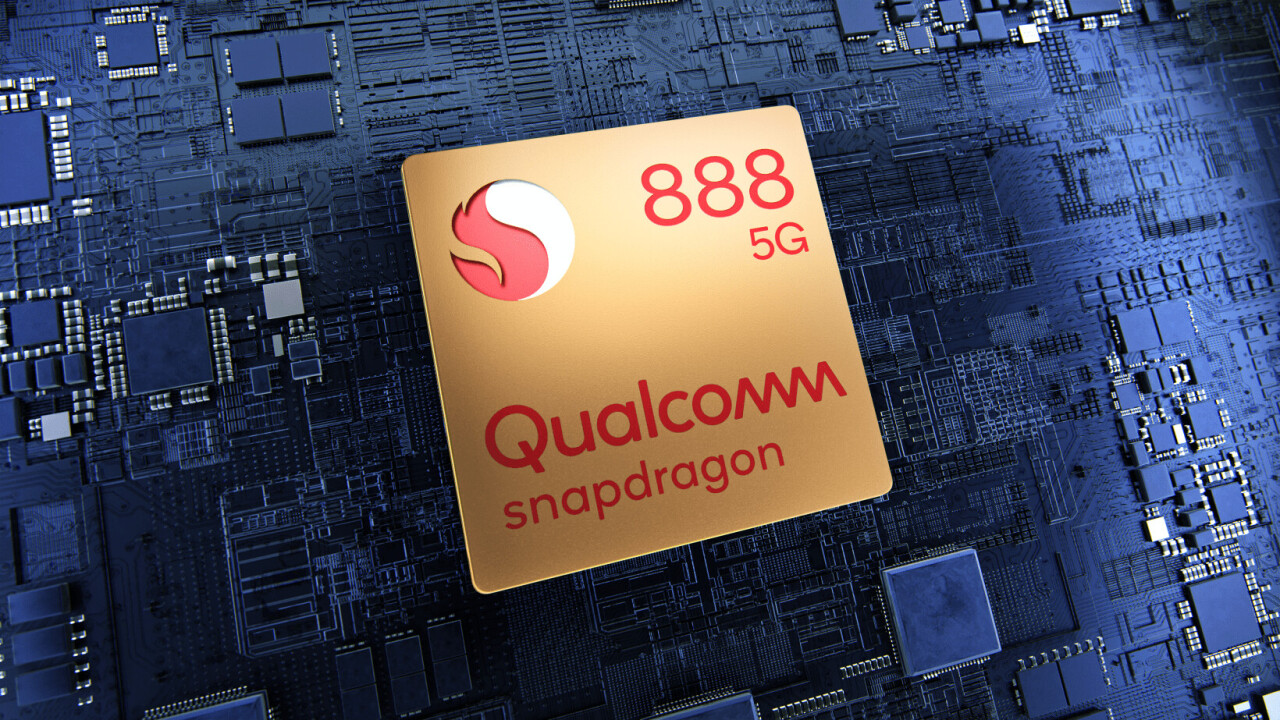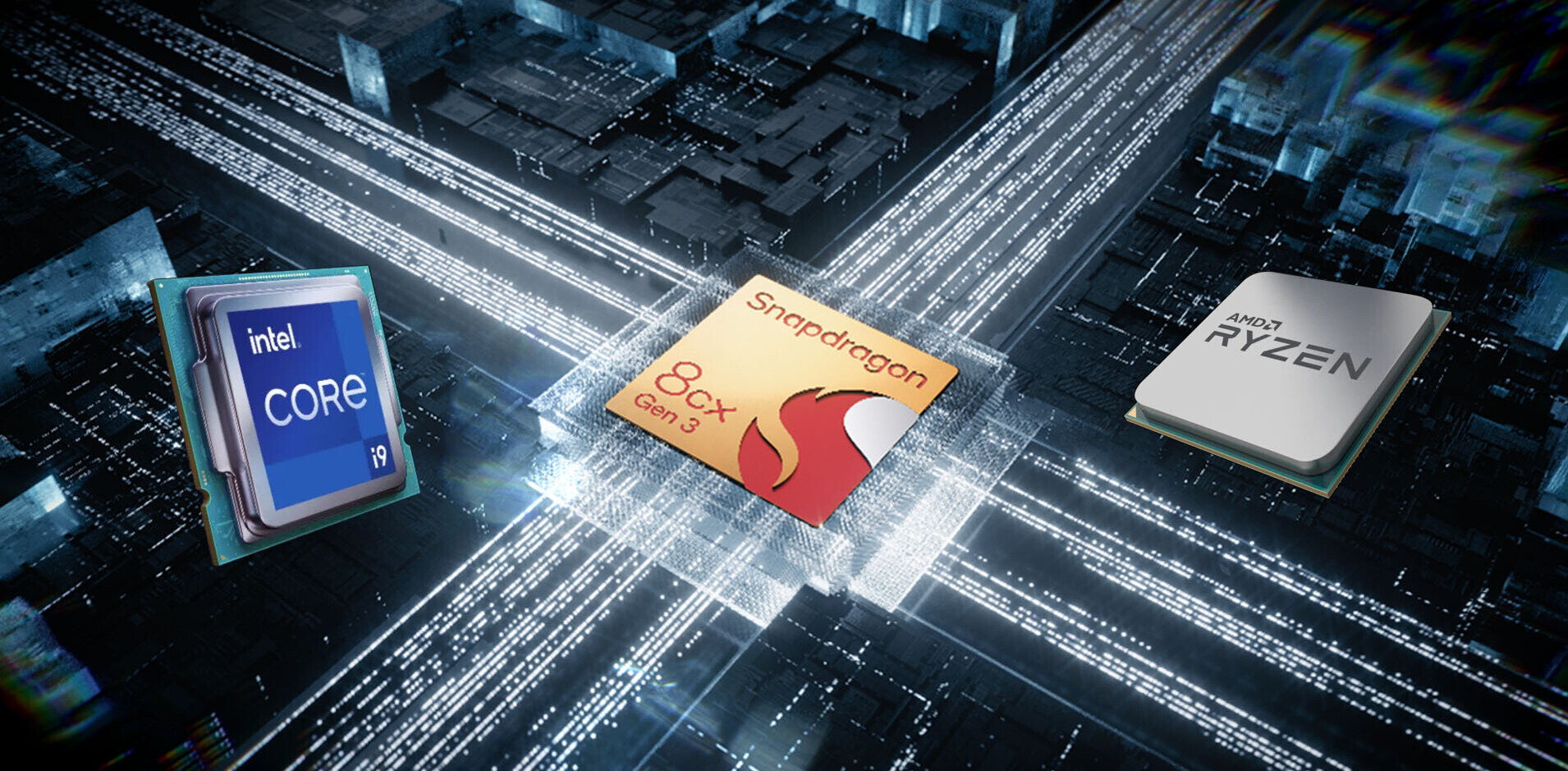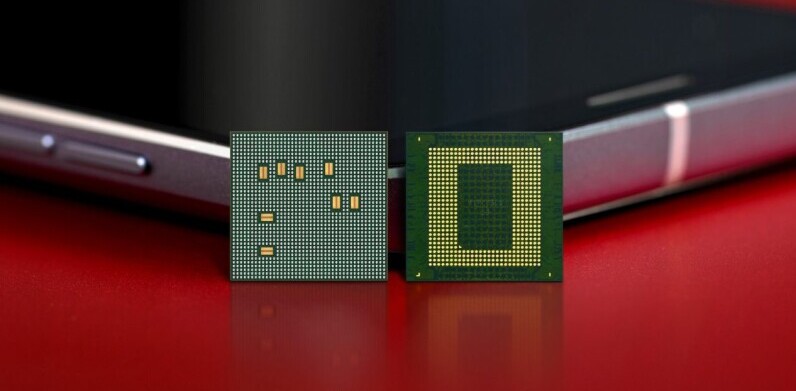
Qualcomm typically announces its flagship processor for the next generation of smartphones at the end of the year, and though the company may not be hosting a physical event this year, coronavirus has not changed timing in 2020. The company today officially unveiled the Snapdragon 888, which you can expect to see in nearly every flagship Android smartphone next year.
Unfortunately, Qualcomm was light on the specifics today. We’re expecting more details tomorrow, but for now, one of the biggest practical differences is the direct integration of 5G technology into the new chipset. Previously, manufacturers had to use a separate, optional chip for 5G; the direct integration should yield some efficiency gains to help mitigate the battery drain that often plagues 5G connections.
In terms of performance, the most concrete figure we have so far comes with regard to image processing. The new chipset will allow users to “capture photos and videos at 2.7 gigapixels per second or roughly 120 photos at 12MP resolution—up to 35% faster than the previous generation.”
The company also says its new 6th-gen AI engine features a “completely re-engineered” Qualcomm Hexagon processor that can handle 26 tera operations per second. Meanwhile, the chipset also promises big improvements for gaming, with the company claiming the 888 brings the “most significant upgrade in Qualcomm Adreno GPU performance.”
The first device confirmed to run the new chip will be the Xiaomi Mi11. Meanwhile, ASUS, Black Shark, Lenovo, LG, MEIZU, Motorola, Nubia, Realme, OnePlus, Oppo, Sharp, Vivo, Xiaomi, and ZTE, have also “provided their support” for the Snapdragon 888.
We’ll need to see how much performance has improved year-over-year once we get more concrete information. Whether the leap to a 5nm will help Qualcomm catch up to the speed of Apple Silicon remains to be seen, although it’s not like Android users have many alternatives.
Still, with ARM-based chips becoming increasingly important for laptops as well as phones, it’ll be interesting to see what kind of performance gains Qualcomm can bring to the next generation of devices.
Get the TNW newsletter
Get the most important tech news in your inbox each week.





